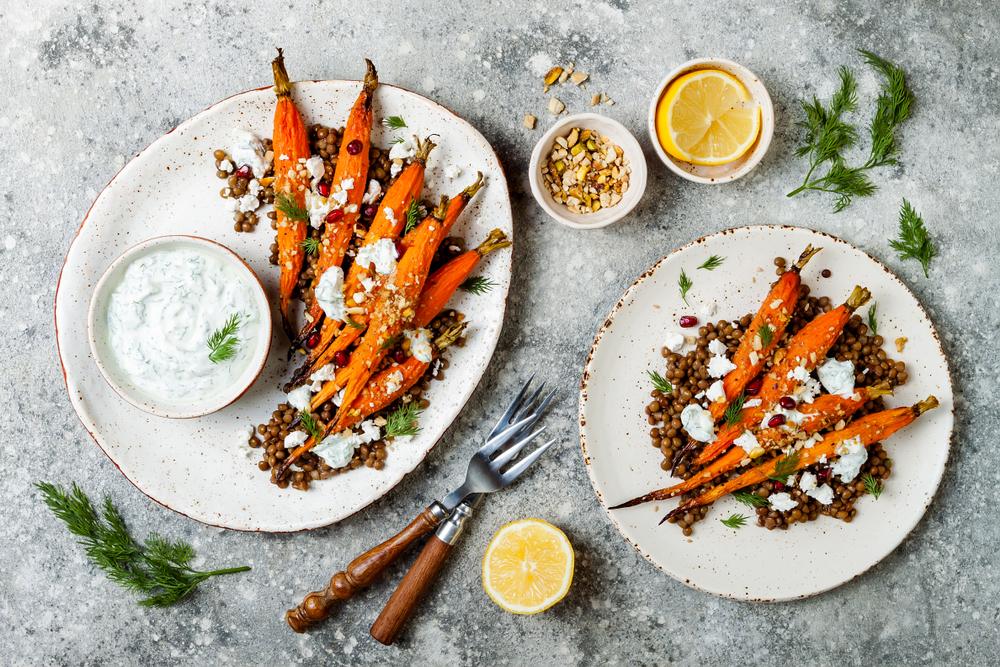In this series, we ask chefs about the secret ingredients they love—and how you can use them at home. Here, Jackson Stamper, executive chef at The Kitchen at Atomic in Las Vegas, shares his love for dukkah, a crunchy, aromatic, and versatile Egyptian spice blend.
Secret Ingredient: My secret ingredient is dukkah. It’s a traditional nut, seed, and spice mixture from Egypt that has a rich history, typically used as a dip with pita or various other breads for snacking. It comes from an Egyptian word that means “to pound” or “to crush,” because it’s typically made by grinding all the ingredients with a mortar and pestle. The ingredients require being toasted beforehand, giving the mix a unique texture somewhere between dry spices and paste once ground.






